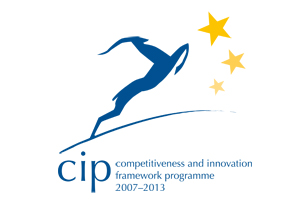 Biodiversity
Biodiversity
Folder Administrator: Gordon Sillence
 |
The growth of tourism and its impact on biodiversity is perhaps one of the most urgent issues in sustainable development. Tourism activity not only depends on attractive environments, but also targets remaining areas of outstanding natural beauty which contain our most important biodiversity assets. Destination developers, tourism service providers and product suppliers need to balance conservation of these assets whilst pursuing their economic and social potentials. This folder offers tourism stakeholders a range of responsible development approaches that can promote sustainable use of biodiversity resources. |
The growth of tourism and its impact on biodiversity is perhaps one of the most urgent issues in sustainable development. Tourism activity not only depends on attractive environments, but also targets remaining areas of outstanding natural beauty which contain our most important biodiversity assets. Destination developers, tourism service providers and product suppliers need to balance conservation of these assets whilst pursuing their economic and social potentials. This folder offers tourism stakeholders a range of responsible development approaches that can promote sustainable use of biodiversity resources.
The UN Convention on Biodiversity (CBD) provides the global overview of biodiversity and tourism issues, encapsulated in the CBD Guidelines on Biodiversity and Tourism Development which also has a User’s Manual. They run the Biodiversity and Tourism Network and have jointly developed with UNEP and the UNWTO a biodiversity and tourism training toolkit.
At the European level, the European Environment Agency (EEA) hosts a biodiversity section on its website, with its own tookit for Biodiversity. The European Commission's 2006 Biodiversity Communication provides the main policy framework, and DG Environment run the Commissions´ biodiversity action programme, principally through the implementation of the Birds and Habitats Directives in the Natura 2000 network of protected areas in Member States.
The International Union for the Conservation of Nature (IUCN) are the leading NGO in the field, publishing the all-important Red List of threatened species. Together with the EC they run a business and biodiversity platform, which has a tourism focus. The Rainforest Alliance also provides useful sustainable tourism and biodiversity information, as does the World Wide Fund for Nature (WWF) .
There are of course a range of national, regional and local initiatives. This folder intends to catalogue work undertaken by tourism stakeholders as a contribution to the International Year of Biodiversity 2010, a year in which governments have committed to halt the loss of biodiversity as part of the World Summit on Sustainable Development plans, but whose targets have not been met. This failure is at the expense of both the short and long term opportunities for the tourism sector, yet the sector is still recognized as a major solution to biodiversity conservation and all stakeholders need to actively address this issue with greater coherence and committment to ensure sustainability.
























































